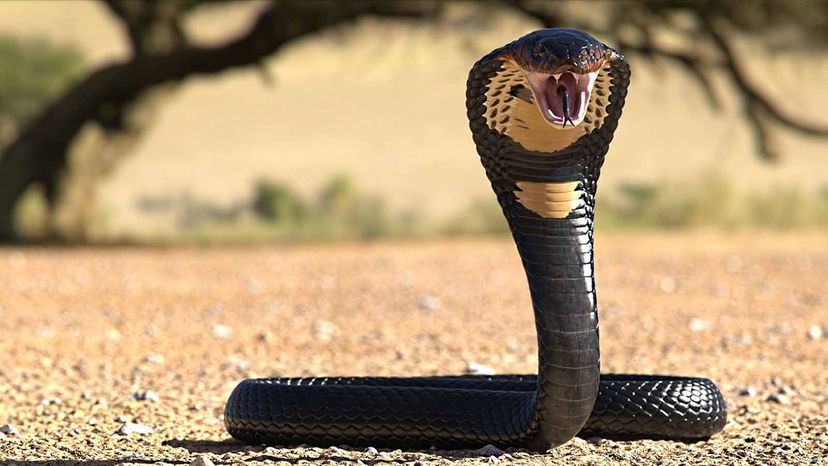Snake
Scientific Name: Suborder Serpentes
Family: Includes numerous families like Colubridae, Viperidae, Elapidae, among others.
Order: Squamata
Physical Description
Size: Snakes vary greatly in size. The smallest, like the Barbados threadsnake, can be just 10 cm (4 inches) long, while the largest, such as the reticulated python, can exceed 6 meters (20 feet) in length.
Weight: Weight varies widely with species, from mere grams to over 100 kilograms (220 lbs) in the case of large pythons.
Appearance: Snakes lack limbs, have elongated bodies covered with scales, and their skin sheds periodically. They have a wide variety of colors and patterns that often serve as camouflage or warnings to predators.
Habitat and Distribution
Habitat: Snakes are found in almost every type of habitat, including forests, deserts, oceans, streams, and lakes. They are terrestrial, arboreal, and aquatic.
Distribution: Snakes are found on every continent except Antarctica. Their adaptability allows them to thrive in many different environmental conditions.
Behavior
Diet: Snakes are carnivorous and have a wide range of diets, including rodents, other mammals, birds, eggs, fish, insects, and even other reptiles, including other snakes. Larger snakes can consume larger prey relative to their body size.
Social Structure: Most snakes are solitary creatures, only coming together to mate. They do not typically display social behavior except during hibernation when some species might group together for warmth.
Reproduction: Snakes are oviparous (egg-laying), ovoviviparous (producing eggs that hatch within the body), or viviparous (giving birth to live young). Reproductive strategies vary widely among species.
Conservation Status
Threats: Habitat destruction, pollution, climate change, and hunting for skins or for use in traditional medicines. Many species are also killed due to human fear and misunderstanding.
Conservation: Various species are protected under national and international laws, and conservation efforts include habitat preservation, education campaigns to reduce human-snake conflicts, and breeding programs for endangered species.
Interesting Facts
Snakes do not have eyelids or external ears, which leads to misconceptions about their sensory capabilities.
They use a variety of methods to capture and kill prey, including constriction and venom. Venomous snakes have specialized glands and teeth for injecting venom.
The forked tongue of a snake is used to enhance their sense of smell. The tongue collects airborne particles and transfers them to the Jacobson's organ in the mouth for examination.

Комментарии
Отправить комментарий